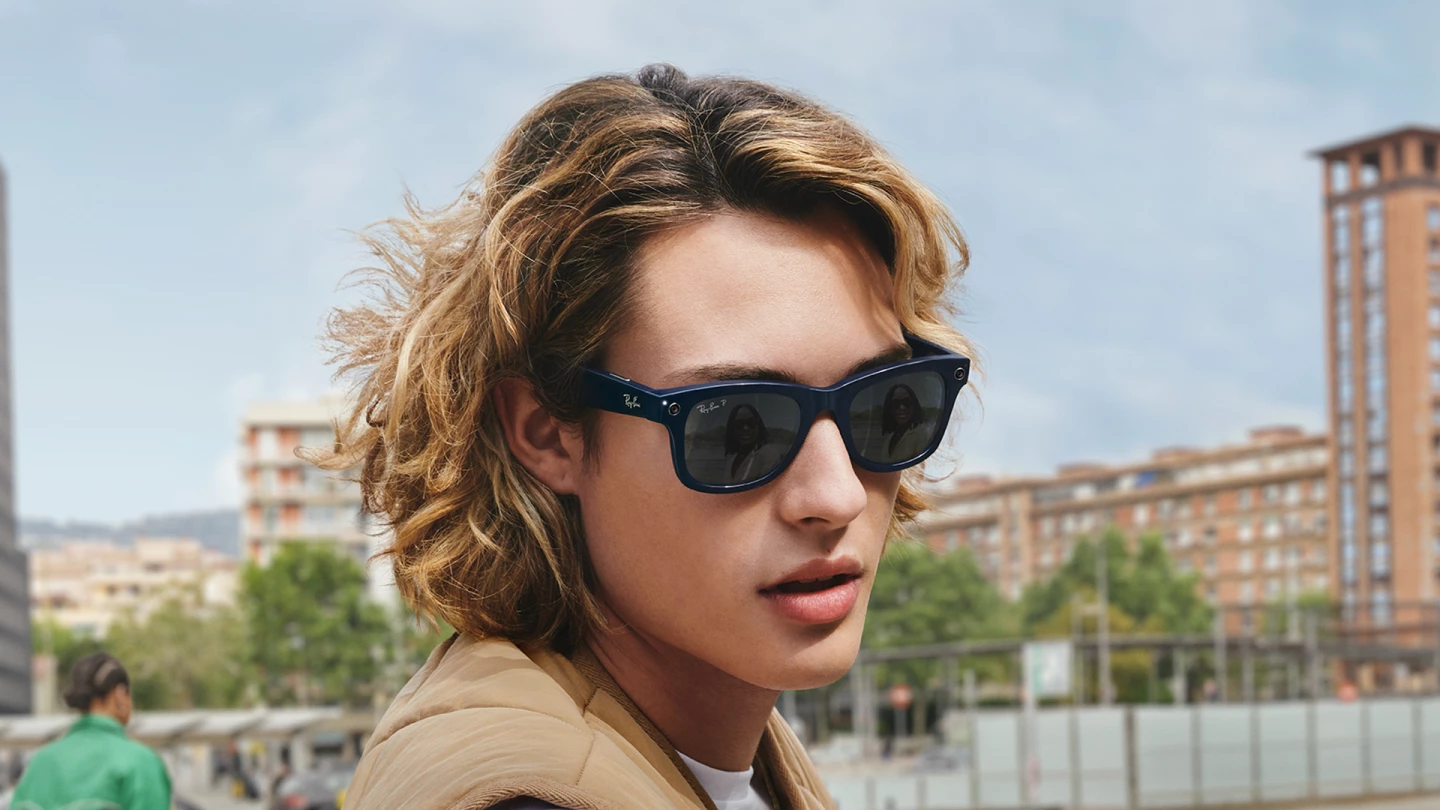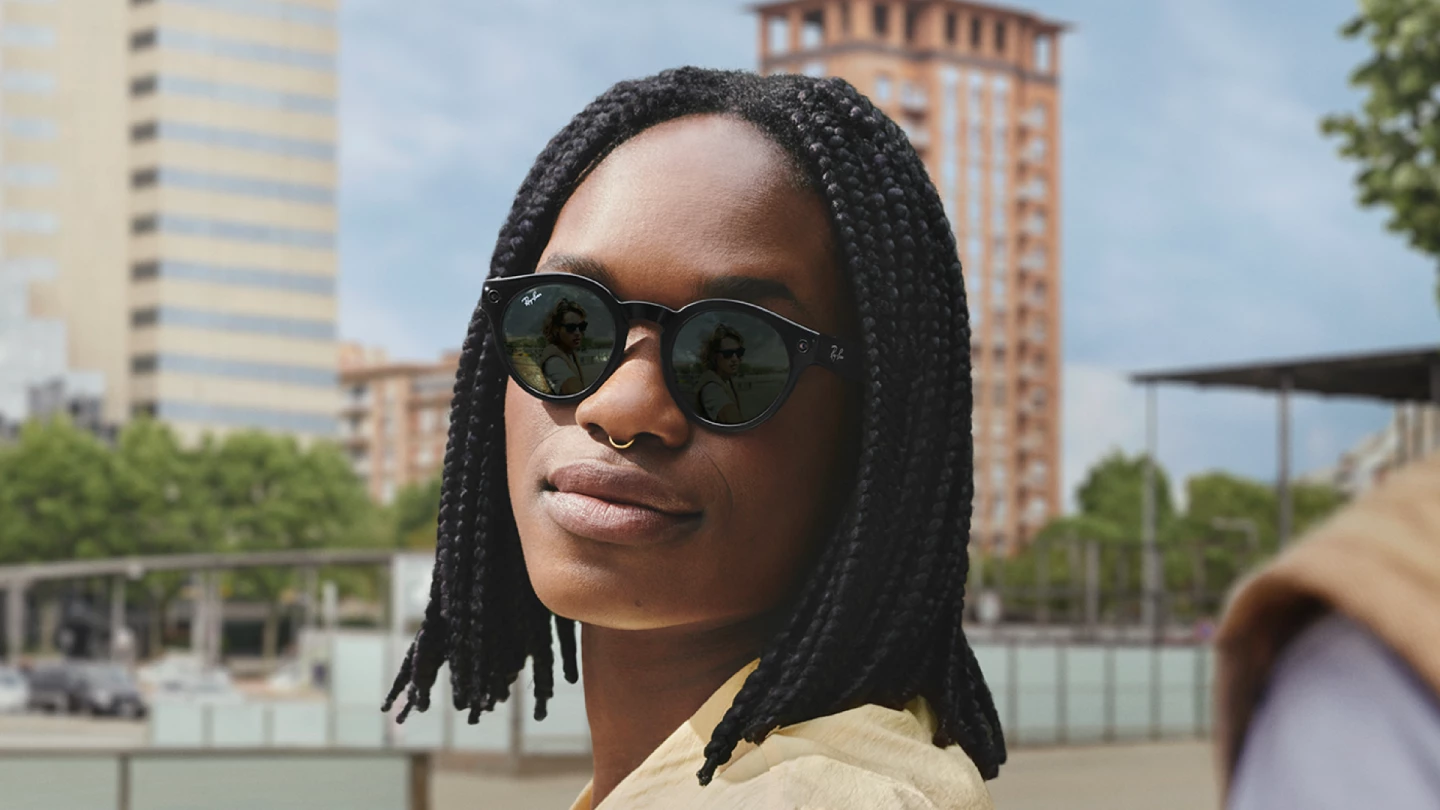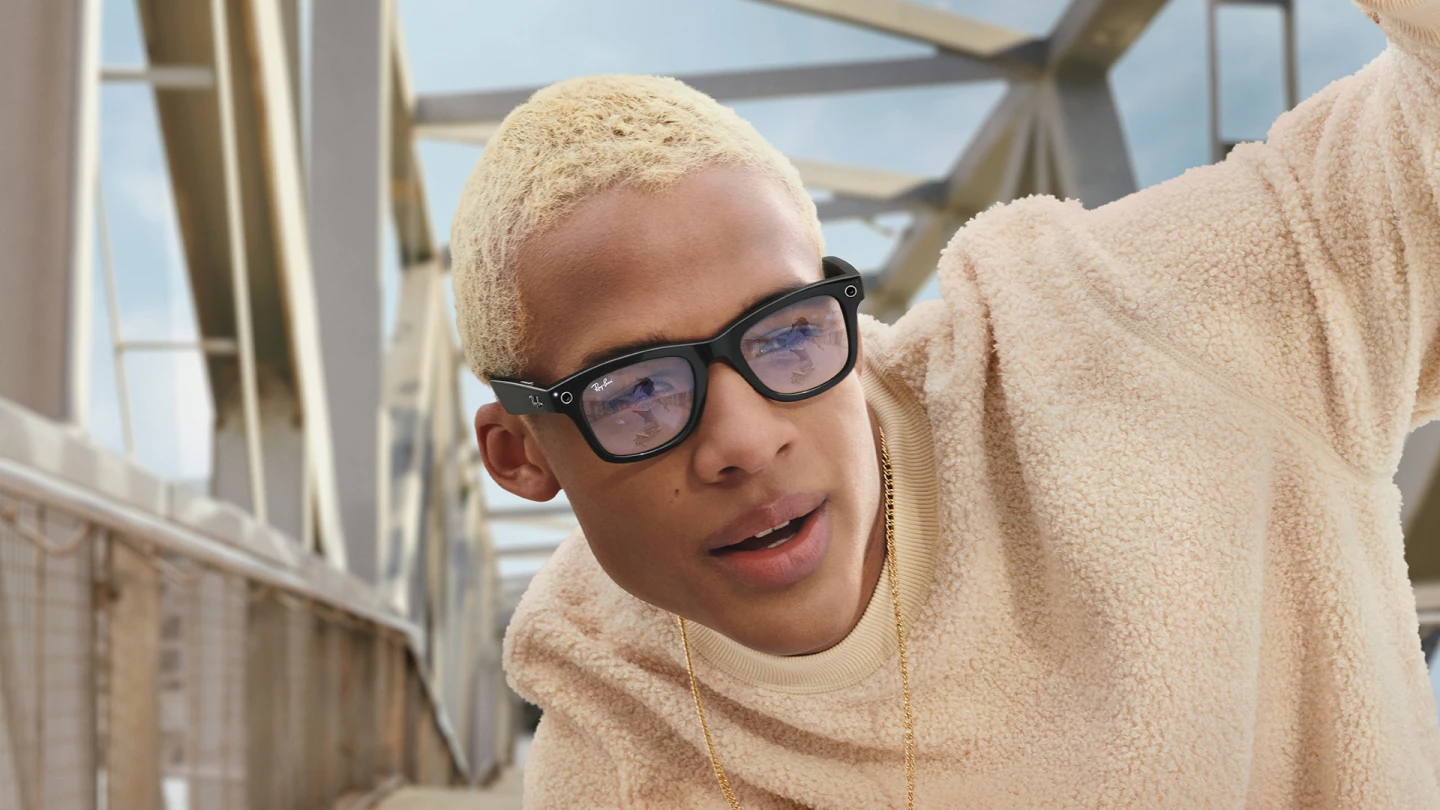Facebook is hoping that it can succeed where others have failed, and use its massive global presence to make smart glasses a worldwide hit, partnering with Ray-Ban to launch a pair of photo/video-capturing glasses called Ray-Ban Stories.
We've seen a number of attempts to make smart sunglasses the latest must-have accessory – most notably from Google and its goofy Glass iterations, and Snap with the more youthful Snapchat Spectacles. But so far, such things have failed to grab the wider public's imagination and remained an often expensive niche product, or disappeared altogether.

Indeed, the Facebook and EssilorLuxottica (Ray-Ban's parent company) collaborative effort has a very Snapchat feel to it, albeit in a somewhat slicker package. The Ray-Ban Stories eyewear features two 5-MP front-facing cameras for 2,592 x 1,944-pixel photos or 1,184 x 1,184-pixel videos at 30 frames per second.
A capture button is pushed to snap photo memories of what you see on your stroll through the city on a hot and sunny day, or record 30-second video clips to post online to such platforms as Facebook, Instagram, Twitter and TikTok via a new Facebook View app for iOS and Android. The app also allows content to be edited or enhanced before upload, and saved to the phone's memory, though the smart glasses do have enough built-in storage for more than 500 photos or 30 video clips. Or users can opt for hands-free operation via Facebook Assistant voice commands.
The wearable features an optimized Snapdragon chip for processing power, Bluetooth 5.0 and 802.11ac dual-band Wi-Fi for wireless connectivity, and a battery that's reckoned good for up to six hours of moderate use per charge, with 70 minutes in the supplied charging case topping up from empty and a fully charged case able to offer three full recharges.

The Stories glasses come with open-ear micro speakers with bass porting for listening to streamed media, and sport three beamforming microphones for narrating videos or taking calls from a paired phone, with an algorithm cooked in to help keep background noise from spoiling the show.
Products like this naturally evoke privacy concerns, and the developers stress that the Ray-Ban Stories glasses have been designed with such things in mind.
For bystanders, the device includes tiny hard-wired LEDs that glow when the wearer is grabbing a photo or video. Users, meanwhile, can completely power off the cameras and microphones to reduce the potential for viral embarrassment, have complete control over when and where captured content is shared, and Facebook promises not to access any media without user consent.
The social media behemoth also says that the glasses and app experience will be ad-free, and that anything captured through the cameras will not be used for personalized ads.
Some data is gathered by default though – including battery status, email address and Facebook login info for validation purposes, and connection status – to keep the device and app working as they should. Users can also opt to share additional data with Facebook if they want to, such as the number of images captured with the device and how long they spend recording videos, to help with future product development. Facebook has even built a privacy microsite to highlight such features, and offer guidance for responsible use.

What the Stories smart glasses are not are augmented reality devices, so you won't see a digitally enhanced world in front of your eyes. And they're not all-weather options either, and should be pocketed during a downpour or thoroughly dried off and wiped clean in the event of a splash.
The Ray-Ban Stories glasses are available now direct from Ray-Ban in 20 style combinations for a starting price of US$299. For comparison, Snap Spectacles 3 offer slightly higher resolution video, come with more built-in storage and pack integrated GPS and GLONASS for $380.
Product page: Ray-Ban Stories







